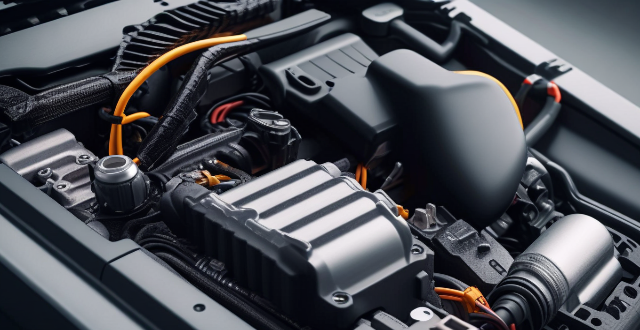The key components of a CHEV's drive system include the engine, electric motor, transmission, battery pack, and energy management system. The engine generates the majority of the power needed to propel the vehicle, while the electric motor provides additional power during acceleration or hill climbing. The transmission transfers power from the engine and electric motor to the wheels, and may be a conventional automatic or manual transmission or a specialized hybrid transmission. The battery pack stores electrical energy generated by the electric motor during regenerative braking and provides power to the electric motor when needed. The energy management system controls the flow of energy between the engine, electric motor, and battery pack, determining when to use each source of power based on driving conditions, state of charge of the battery, and driver demand. These components work together to provide a seamless driving experience while maximizing fuel efficiency and reducing emissions.

Key Components of a CHEV's Drive System
A CHEV (Chemical Electric Vehicle) is a type of hybrid vehicle that uses both an internal combustion engine and an electric motor to power the wheels. The key components of a CHEV's drive system include:
Engine
The engine is responsible for generating the majority of the power needed to propel the vehicle. It can be a gasoline, diesel, or other fuel-powered engine.
Electric Motor
The electric motor provides additional power when needed, such as during acceleration or hill climbing. It also acts as a generator during regenerative braking, converting kinetic energy into electrical energy that is stored in the battery.
Transmission
The transmission transfers power from the engine and electric motor to the wheels. In a CHEV, the transmission may be a conventional automatic or manual transmission, or it may be a specialized hybrid transmission designed to optimize the use of both the engine and electric motor.
Battery Pack
The battery pack stores electrical energy generated by the electric motor during regenerative braking and provides power to the electric motor when needed. It is typically made up of multiple cells connected in series and parallel to provide the required voltage and capacity.
Energy Management System
The energy management system controls the flow of energy between the engine, electric motor, and battery pack. It determines when to use each source of power based on factors such as driving conditions, state of charge of the battery, and driver demand.
These components work together to provide a seamless driving experience while maximizing fuel efficiency and reducing emissions.